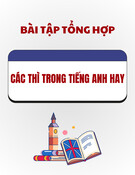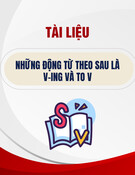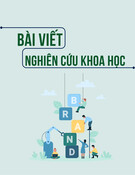
Chapter 3
How to manage teaching &
learning
Teacher’s physical
presence in class
Teacher’s voice
Marking stages of the
lesson
Seating arrangement
Groupings
Evaluating a lesson
(success or failure)

1. Teacher’s physical presence
in class
Proximity:
- short distance: Ssuncomfortable
- long distance = coldness
Teachers should consider how close
they want to be to Ss
Appropriacy:
Deciding how closely teachers should work
with Ss

Movement
-Teacher’s movement: retaining Ss’ interest
- How much? Depending teacher’s personal style
- Motionless teachers bore Ss.
Contact: helping teachers to be aware of
- what Ss are doing
- how they are feeling
- the nature of contact varying

2. Teacher’s voice
Teacher’s most important instrument
Audibility:
- to be audible, not shouting
- to get balance b/w audibility & volume
Variety:
- varying the quality of voice (depending
the type of lesson/activity
Conservation: taking great care of voices

3. Marking stages of a lesson
Start the lesson where possible &
appropriate (kind of lesson, learning
activities, objectives)
Not always explaining exactly what to do
maintaining an element of surprise


![Bài tập thì hiện tại hoàn thành [kèm đáp án chi tiết]](https://cdn.tailieu.vn/images/document/thumbnail/2025/20251106/thuthao27062004/135x160/41601762420911.jpg)






![Tài liệu ôn tập Ngữ pháp tiếng Anh [chuẩn/mới nhất/tổng hợp]](https://cdn.tailieu.vn/images/document/thumbnail/2025/20250821/vuongdinhlinh1412@gmail.com/135x160/933_tai-lieu-on-tap-ngu-phap-tieng-anh.jpg)




